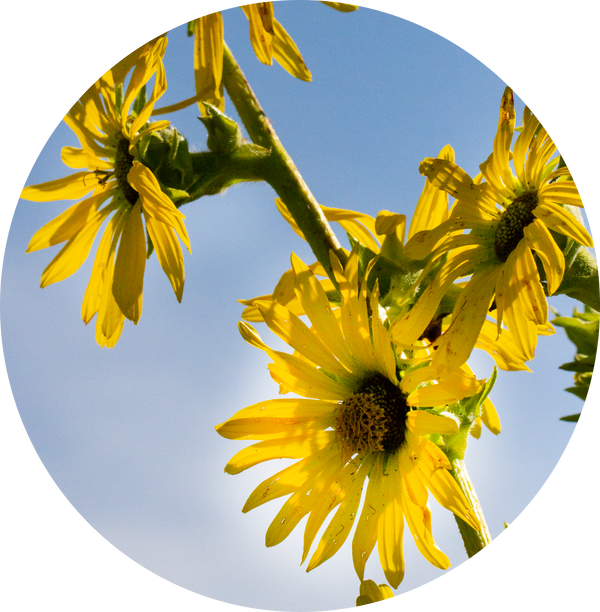Midwest Wilderness Connections Eco-briefs and Eco-sweeps
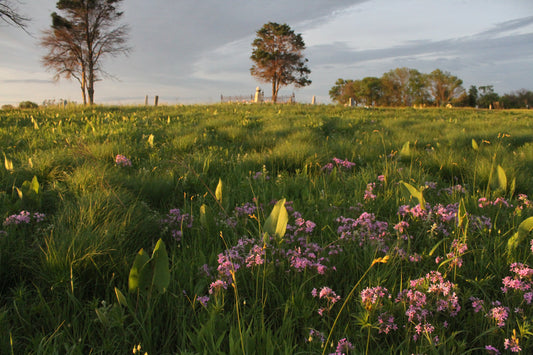
MWC Eco-brief: Pellsville Cemetery Prairie Spri...
Take a virtual walk through the Pellsville Cemetery Prairie for a Memorial Day view of native spring wildflowers. The cemetery, established in 1872, is a beautiful time capsule of native...
MWC Eco-brief: Pellsville Cemetery Prairie Spri...
Take a virtual walk through the Pellsville Cemetery Prairie for a Memorial Day view of native spring wildflowers. The cemetery, established in 1872, is a beautiful time capsule of native...
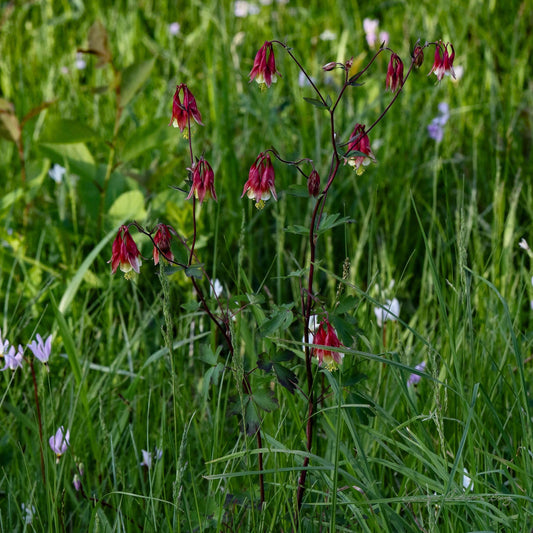
MWC Eco-brief: Spring Flowering Wild Columbine ...
Wild columbine (Aquilegia canadensis) is an early blooming native plant of wooded areas, savannas, and exposed bedrock and cliffs in the Midwest. As a spring blooming species, it is often...
MWC Eco-brief: Spring Flowering Wild Columbine ...
Wild columbine (Aquilegia canadensis) is an early blooming native plant of wooded areas, savannas, and exposed bedrock and cliffs in the Midwest. As a spring blooming species, it is often...
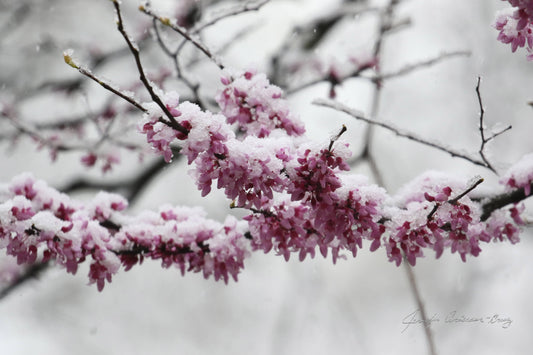
MWC Eco-brief: Eastern Redbud
The eastern redbud (Cercis canadensis) is an early blooming tree species that is an important first food plant for emerging bees and pollinators in search of nectar and pollen. The...
MWC Eco-brief: Eastern Redbud
The eastern redbud (Cercis canadensis) is an early blooming tree species that is an important first food plant for emerging bees and pollinators in search of nectar and pollen. The...
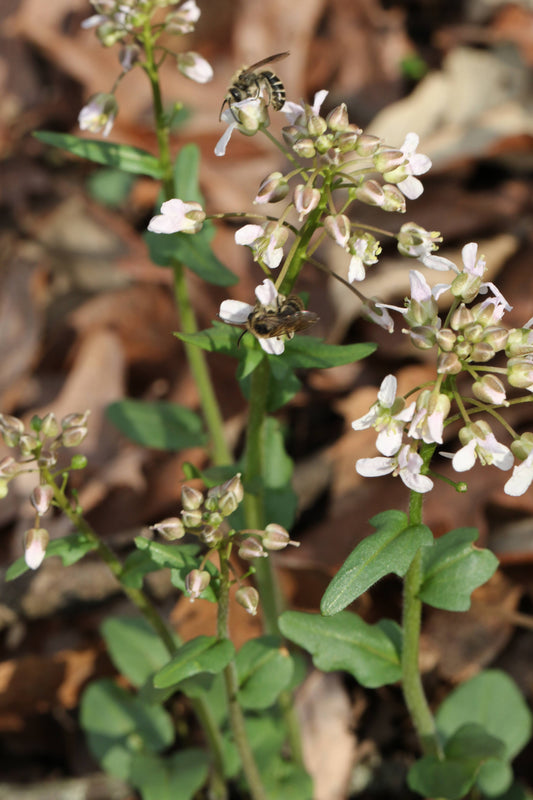
MWC Eco-brief: Cellophane Bees
Early spring wildflowers are incredibly important to native bees emerging from their overwinter retreats. Here, cellophane bees are feeding on purple cress (Cardamine douglassii). Cellophane bees are ground nesting bees....
MWC Eco-brief: Cellophane Bees
Early spring wildflowers are incredibly important to native bees emerging from their overwinter retreats. Here, cellophane bees are feeding on purple cress (Cardamine douglassii). Cellophane bees are ground nesting bees....
